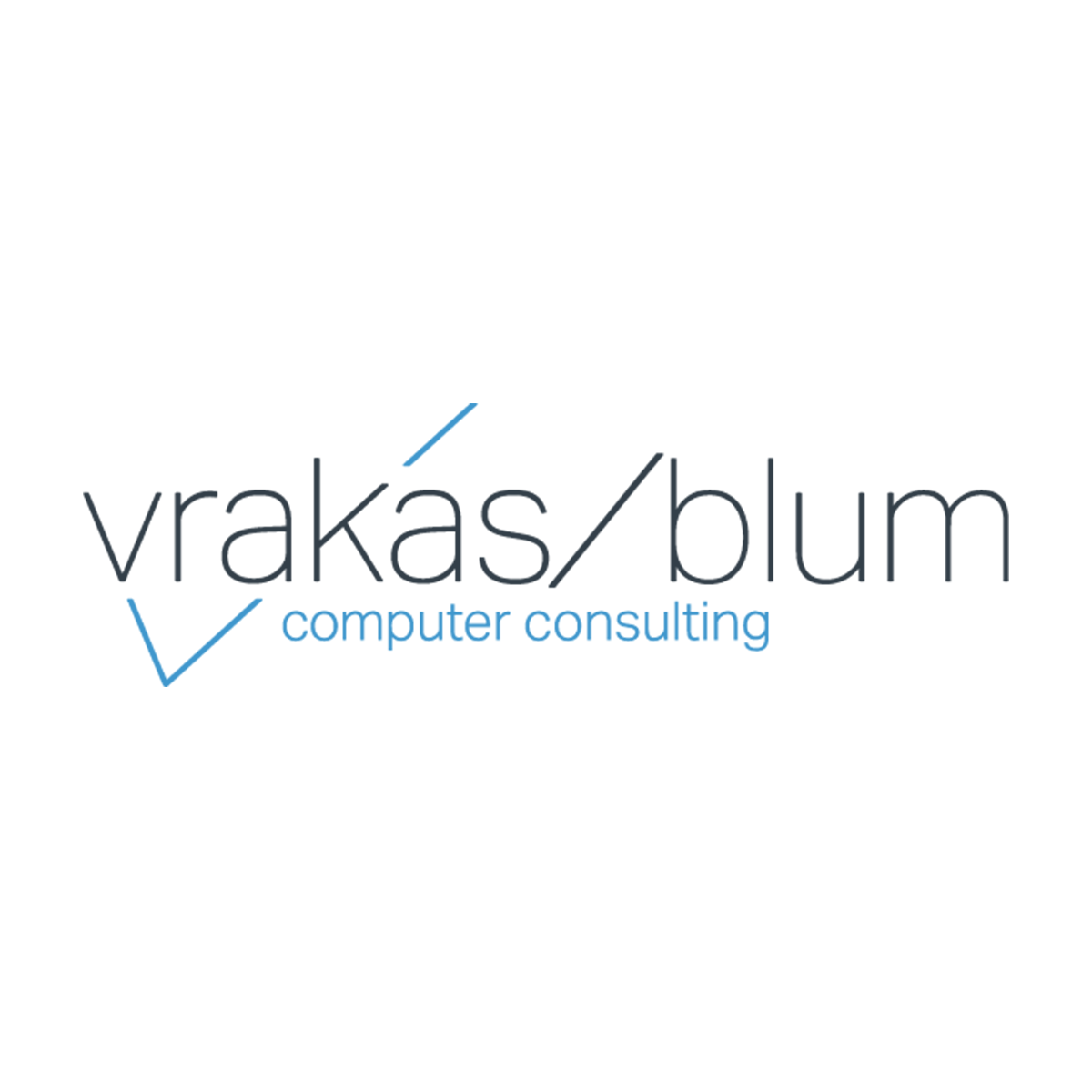It’s What You Don’t Know That Can Hurt You
The author Mark Twain was once asked about his many business ventures – most of which had failed. Twain explained how his ventures had failed not...
3 min read
 Vrakas Blum
June 30, 2021
Vrakas Blum
June 30, 2021

Learning something new.
It is surprising sometimes what emotions that simple statement can evoke in us. Whether it is Sage 100 2020 Payroll Updates, Sage Operations Management Activity Code creation, or programming your daughter’s digital watch to stop beeping at 1:00 AM (okay – that last one is probably just me), learning more sometimes seems impossible.
Be honest with a quick gut check here. When you visualize having to learn something new – are you really filled with excitement and the promise of knowing more? Or do your anxiety levels rise and a knot forms in your stomach? Are feelings of dread coming to the surface because you don’t have time to learn another new thing? Has calling in sick suddenly jumped to mind? Are you thinking “am I going to be tested on this”?
For a vast majority of us, the idea of absorbing more information does not lead to a positive response. In our work lives, we often see internal company meetings for training, re-training, reviewing, and continued learning hit our inboxes. But why are the most frequent emotional responses negative to these requests? Why does learning something new sometimes feel like trying to break down a castle gate?
Fighting Biology
I fully recognize the fact that we have evolved WAY past our primitive brains, but Negativity Bias is one of the aspects we all struggle to move away from.
Simply stated, our brains are wired to look for the bad. We dwell on the mistakes, unpleasant experiences, and regrets from our past. 99% of a plan can go right, but that 1% that did not go well will keep rolling around in our heads and reinforcing itself until that is all we remember. At this point, you are most likely asking “wasn’t this supposed to be about training?” (and someone is probably still wondering if “I am going to be tested on this?”). The root of our negative feelings when asked to learn something new typically stems from our previous experience with past training programs. But what if there was a way to forge a positive training experience?
Know Your Learning Style
We all have that favorite teacher. Come on – think back…. That ONE teacher that just GOT you and everything was so easy to learn and retain in their class. You might have done well on the tests without really trying that hard or just looked forward to heading to their classroom.
Ever consider WHY? Most of us have a primary learning style. (Yep, back to that biology thing.) We absorb information in a mixture of ways, but there is most likely one category that speaks best to your particular learning style.
Auditory Learners excel when the material is reinforced verbally by the instructor and then they repeat back in their own voice. If you give this group a manual, they will often end up reading it aloud to themselves.
Visual Learners will gravitate to images, diagrams, and presentations. Drawing out examples and using handouts that can be doodled on are their bread and butter.
Reading/Writing Learners flourish when asked to review articles, read books (YES! They still exist!), search the internet, or express their knowledge through writing. This does overlap a bit with visual learners, but research and reading are this group's go-to preferences.
And finally, Kinesthetic Learners – or hands-on learners – need the physical experience to reinforce information. These are your touch-it, smell-it, break-it, fix-it group, and need to repeat the action to absorb the knowledge.
If you think back to that favorite teacher, there is an EXTREMELY good chance that they not only enforced your primary learning style but incorporated SEVERAL styles into their teaching methods. Diversity in teaching effectively “lowers the drawbridge” to our mental fortress. As I mentioned, we all typically have a primary learning style, but being able to offer a variety of ways to take in information is the key skill for those amazing teachers from our past.
Make the Ask
Flash forward out of our school years and into our work lives. That learning style is still ingrained in us, but instead of how to break the oxygen-hydrogen covalent bond or who won at the Battle of Chickamauga, we are now asking our minds to soak up new software, internal processes, or organizational policies. So how can we make training experiences better and use that valuable time investment to the best gain? ASK FOR IT TO BE EASIER.
Work with your training teams, either internal or external, to nurture ALL learning styles. Be on the same page as your trainers as what “training” really means to your organization. Ask for documentation creation, have handouts, construct quizzes (looks like you will be tested on this), have hands-on learning practice, and give FEEDBACK to your trainers so training can be adjusted as it goes. Using a variety of training techniques can massively impact the absorption of the material along with giving training a positive spin.
Please enjoy your time learning and have fun storming the castle.
The author Mark Twain was once asked about his many business ventures – most of which had failed. Twain explained how his ventures had failed not...
Ah…there you are. The defiant rebels. The out-of-the-box thinkers. The army of John Benders with fists in the air. Welcome to the Rule Breakers Club.
With the constant flood of webinar and presentation invites saturating our inboxes, I had the great fortune to run across a webinar presented by Liz...